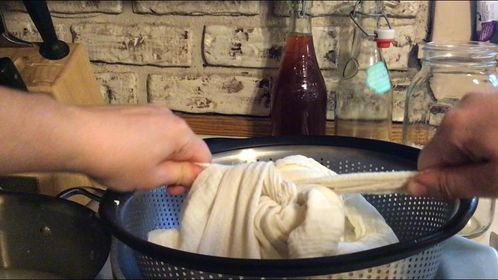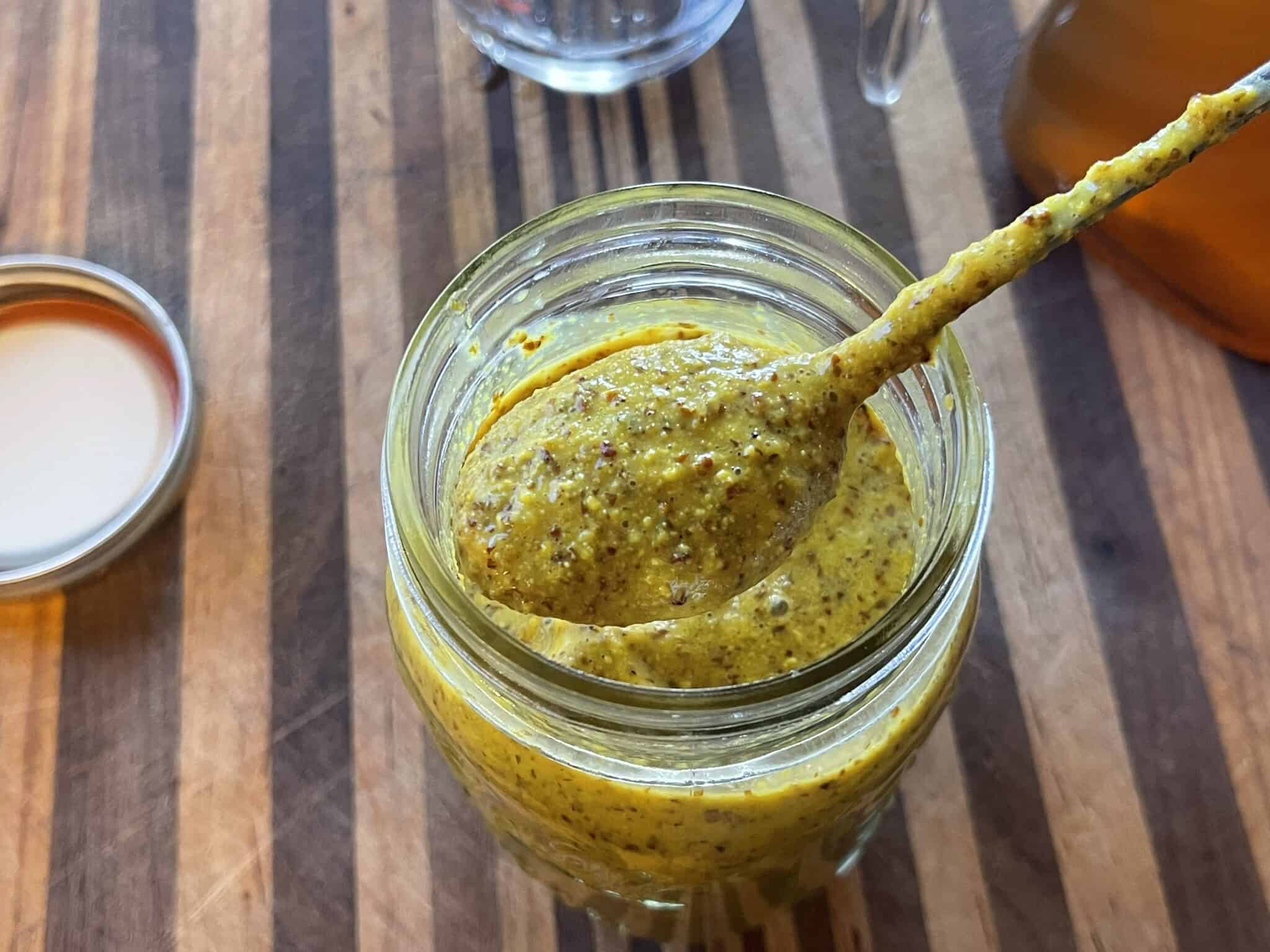Feta Cheese at Home
Feta is one of my favorite cheeses. Luckily, it isn’t difficult to make Feta cheese at home.
In college I had scrambled eggs with avocado and feta for breakfast just about every morning.
This was a bit of an indulgence on my part as Feta cheese isn’t exactly cheap. It is however, very easy to make and it will keep for a long time.
What is Feta Cheese?
Feta is a tangy, salty, crumbly cheese that has its origins in Greece. Traditionally it is made from sheep’s milk, but goat’s milk also make a delicious cheese. Heck, I’ve even used cow’s milk to make Feta and it tastes pretty good too.
The big secret to Feta’s tangy taste is lipase. This enzyme is naturally present in goat and sheep’s milk, but not so much in cow’s. In addition to lipase, feta typically brined, meaning bathed in salt water for a period of time. This gives it a salty taste and helps to strengthen the tangy flavors you get from lipase.

What tools do I need to make Feta Cheese at Home?
Like most soft cheeses, there aren’t too many fancy tools you will need to make this.
- Stock pot, to fit one gallon of milk
- Thermometer
- Cheese Cloth
- Strainer
- Bowl
- Knife to slice the curd

This post contains affiliate links, which means I make a small commission at no extra cost to you. See my full disclosure here.
Ingredients for Homemade Feta
As I mentioned, you can use just about any kind of milk to make Feta. I like it best with goat’s milk. Here is what else you’ll need:
- Mesophilic Culture
- Rennet (tablet or liquid)
- 1 Gallon of raw milk
- 1/8th tsp calcium chloride dissolved in 1/4 cup water. I had previously not included this ingredient as I had always read it to be optional and never used it. However I had a reader end up with mushy feta so I now recommend it for anyone trying this recipe to be on the safe side.
If you don’t have raw that is okay, but the cheese might not turn out as well with this method.
How to Make Feta Cheese
First, add the milk to the pot and heat it slowly to 86 degrees F. Make sure you stir often and don’t heat it too quickly or the milk will scorch.
As the milk is heating, add the calcium chloride diluted in water. Mix into the milk thoroughly.
Once it reaches 86, stir in one packet or about 1/8 of a tsp of Mesophilic Culture. Blend this into the milk with an up and down motion for about thirty seconds.
Cover the milk with a lid and bath towel, then let it sit for one hour.
Now, add in 1/2 tsp liquid rennet or 1/2 of a rennet tablet dissolved in 1/4 cup unchlorinated water.
Blend that in with the up/down motion. Then cover it with the lid and towel and let it sit for another hour. The goal is to keep it at 86 degrees.
After an hour, slice the curd like a checkerboard, the slice diagonally so you end up with a bunch of 1/4inch cubes. Roughly anyway. Mine never look perfect.

Let the curds sit for ten minutes.
Next, stir the curds for twenty minutes. This helps more of the whey to leave the curd.
Place the cheese cloth in a colander, and set that over a bowl. Scoop out the curds and place them in the colander. You can also pour them in.
Hang them to drain for six hours.

Remove the cheese from the bag and slice it into strips or into cubes about 1-2 inches.
Put 1/3 a cup of Kosher Salt in a half gallon mason jar. Fill it halfway with cool water. Stir to dissolve the salt. You have made a brine!

Add the cheese to the brine. If necessary, top it of with a little more water.
Store in the fridge for a few weeks before eating, so the cheese gets a nice salty flavor.
What to do with Feta Cheese
It’s amazing on just about everything. Have it with scrambled eggs, toss it with tomatoes/basil/balsamic vinegar for a quick and tasty salad.
Anywhere you want a tangy, creamy texture, this cheese is your go-to. The Spruce Eats has a whole section of their blog dedicated to ways you can cook with Feta. Each recipe is just one more reason to make feta at home.
Shop this Post
Watch and Learn
Pin it for Later








